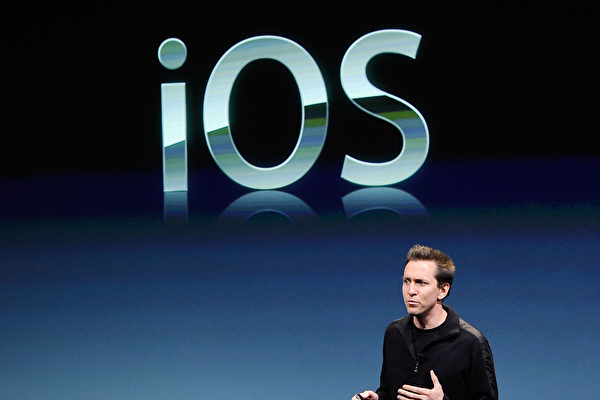On Monday, September 16, Apple officially released iOS 18 on its website. The majority of iPhone users can now download it, and iOS 18 will also be directly available on the iPhone 16 series.
Apple had previewed the iOS 18 update at the Worldwide Developers Conference back in June. The update is said to bring more customization options to iPhones, expanding on the features seen in iOS 17 last year. Additionally, there are changes to messaging functions, home screen settings, screen locking, control center, and other features, including some high-tech functionalities.
One of the highly anticipated features is the customization options for the home screen. iOS 18 will allow users to set app icon themes, freely place app icons, and introduce an option to automatically fill app icons with dark colors in dark mode. The new control center adopts a multi-page layout, adds a “Control Center Widget Library” where third-party developers can contribute widgets. Moreover, users can add these new control functions to the lock screen, replacing the original flashlight and camera icons.
With iOS 18, as long as your iPhone is capable of upgrading, you can now personalize your home screen, manage messages, and keep your iPhone connected more than ever before, even without mobile data or Wi-Fi.
Similar to other updates, users can find iOS 18 under “Settings,” then “General,” and finally “Software Update.” You may need to first have iOS 17.7, but then you will be invited to download iOS 18.
The system will prompt you to choose to update immediately or later tonight, and will require you to agree to the terms and conditions. Upgrading to iOS 18 may also require clearing space on your iPhone to make room for the update, typically needing several gigabytes of space like other major updates.
If your iPhone does not have enough space, you may not be able to immediately get iOS 18. Internet connectivity and possibly placing your phone on a charger may also be necessary.
For older model iPhones, it may not be possible to receive iOS 18. As is common practice with Apple, iPhones eventually reach a point where they are unable to handle the latest features.
To see if you can get iOS 18, the simplest way is to check if you were able to receive iOS 17 and all its subsequent updates last fall. If not updated, Apple has released a list of compatible devices with iOS 18:
– iPhone 15
– iPhone 15 Plus
– iPhone 15 Pro
– iPhone 15 Pro Max
– iPhone 14
– iPhone 14 Plus
– iPhone 14 Pro
– iPhone 14 Pro Max
– iPhone 13
– iPhone 13 mini
– iPhone 13 Pro
– iPhone 13 Pro Max
– iPhone 12
– iPhone 12 mini
– iPhone 12 Pro
– iPhone 12 Pro Max
– iPhone 11
– iPhone 11 Pro
– iPhone 11 Pro Max
– iPhone XS
– iPhone XS Max
– iPhone XR
– iPhone SE (2nd generation or higher)
This means any iPhone 8 or older models will not be able to get iOS 18.
Not all iPhones capable of upgrading to iOS 18 will have access to the latest features. Some functions are exclusive to the iPhone 16, iPhone 15 Pro, and iPhone 15 Pro Max.
Apple notes that only iPhone 14 and later models can send messages via satellite without needing cellular data or Wi-Fi. Only users with iPhone 12s or above can use real-time audio transcription of recorded conversations, enjoy Apple Music catalog through touch for “deaf or hearing-impaired individuals,” and control devices using eye tracking with just their eyes. The third-generation iPhone SE model will also receive the latter function.
The time required for updating depends on the size of the update and internet speed. Because iOS 18 is quite large, the update process may take longer than average.
While downloading iOS 18, users can still use their iPhones, and they can schedule the update to take place overnight.
Updating promptly is a reasonable choice as Apple frequently releases security patches and improvements through updates, and delaying iOS 18 update could make your iPhone vulnerable to attacks.

